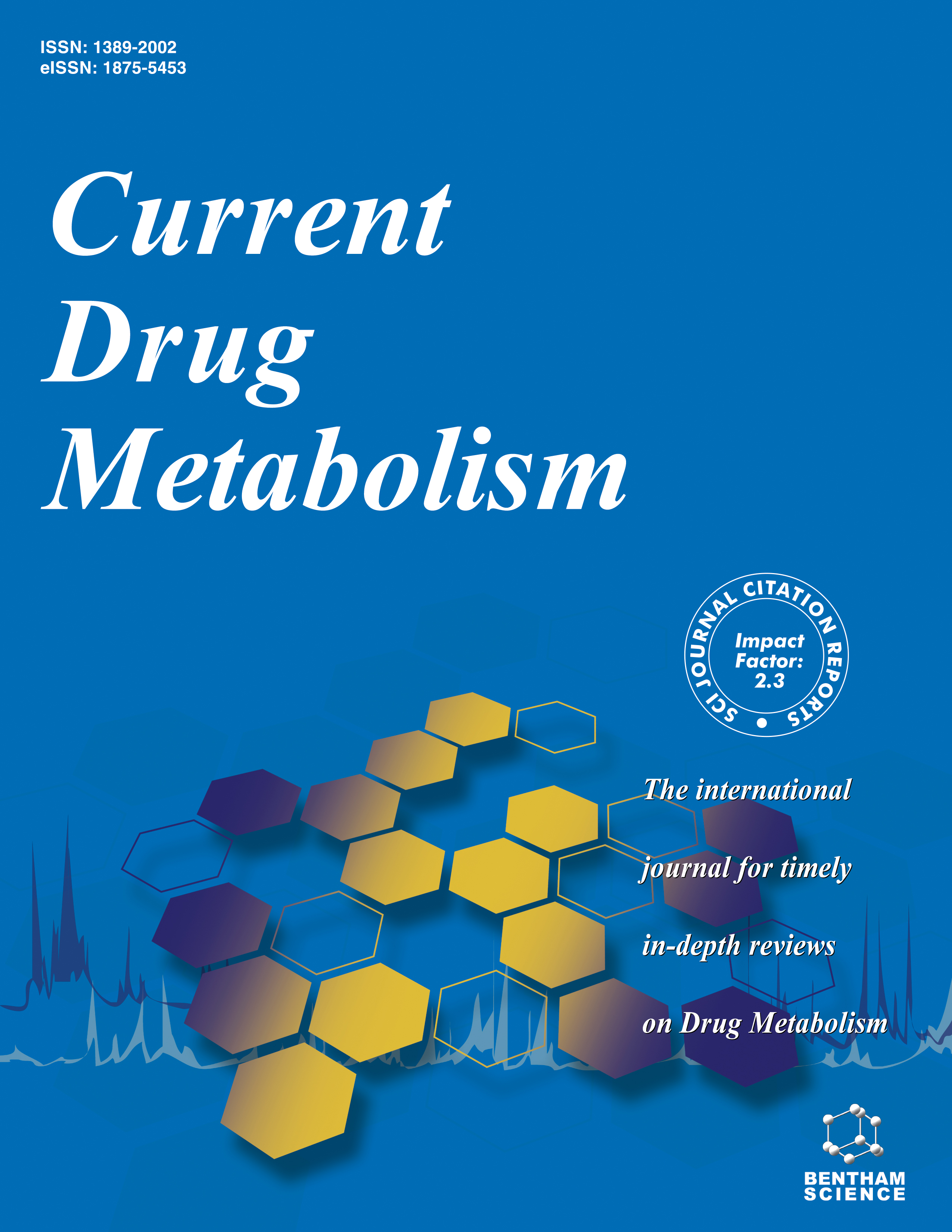
Full text loading...
We use cookies to track usage and preferences.I Understand
Ferrets exhibit similar lung physiology to humans and display similar clinical signs following influenza infection, making them a valuable model for studying high susceptibility and infection patterns. However, the metabolic fate of several common human CYP450 probe substrates in ferrets is still unknown and has not been studied.
The purpose of this study was to investigate the metabolism of nine human CYP450 probe substrates in ferret hepatocytes and explore their metabolic rate differences between ferrets and other species.
Nine substrates were individually incubated in ferret hepatocytes for up to 120 min. At each time point, 30 µL mixtures were extracted for stability analysis using LC-MS/MS methods. After a 120-minute incubation period, 400 µL of the mixtures were extracted for metabolite identification using UHPLC-Q-Exactive Plus.
The metabolic clearance was determined as follows: testosterone > phenacetin > bupropion > omeprazole > midazolam > dextromethorphan > chlorzoxazone > taxol > diclofenac. Seven metabolites were identified from phenacetin. Deethylation was found to be the major pathway, and the major metabolite was matched with acetaminophen as probed with the CYP1A2 enzyme. Six metabolites were identified from diclofenac. Glucuronidation was the primary pathway, and a metabolite was found to match 4-OH-diclofenac as probed with the CYP2C9 enzyme. Twenty-two metabolites were identified from omeprazole. The major metabolic pathways included mono-oxygenation and sulfoxide to thioether conversion. No metabolite was found to match with 5-OH-omeprazole as probed with the CYP2C19 enzyme. Twenty-two metabolites were identified from dextromethorphan. Demethylation was found to be the major metabolic pathway, and one demethylation metabolite was matched with dextrorphan as probed with the CYP2D6 enzyme. Fourteen metabolites were identified from midazolam. Mono-oxygenation was found to be the primary metabolic pathway, and one of the mono-oxygenation metabolites was matched with 1-OH-midazolam as probed with the CYP3A4 enzyme. Eight metabolites were identified from testosterone. Mono-oxygenation and glucuronidation were identified as the major metabolic pathways. One mono-oxygenation was matched with 6-β-testosterone as probed with the CYP3A4 enzyme. Six metabolites were identified from taxol. Hydrolysis and mono-oxygenation were the top two metabolic pathways. No metabolite was matched with 6-α-OH-taxol as probed with the CYP2C8 enzyme. Ten metabolites were identified from bupropion. Mono-oxygenation and hydrogenation were identified as the top two metabolic pathways. No mono-oxygenation metabolite was matched with hydroxy-bupropion as probed with the CYP2B6 enzyme. Nine metabolites were identified from chlorzoxazone. Mono-oxygenation and sulfation were the top two metabolic pathways. One mono-oxygenation metabolite was matched with 6-OH-chlorzoxazone as probed with the CYP2E1 enzyme.
Nine human CYP probe substrates were clearly metabolized in ferret hepatocytes, demonstrating substrate-dependent metabolic rates in ferret hepatocytes and species-dependent metabolic rates in mouse, rat, dog, monkey, and human hepatocytes. Except for 6-a-5-OH-omeprazole, 6-α-OH-taxol, and hydroxy-bupropion, specific metabolites of other six probe substrates in ferret hepatocytes were detected and identified as probed with six human CYP enzymes, respectively.

Article metrics loading...

Full text loading...
References


Data & Media loading...
Supplements

